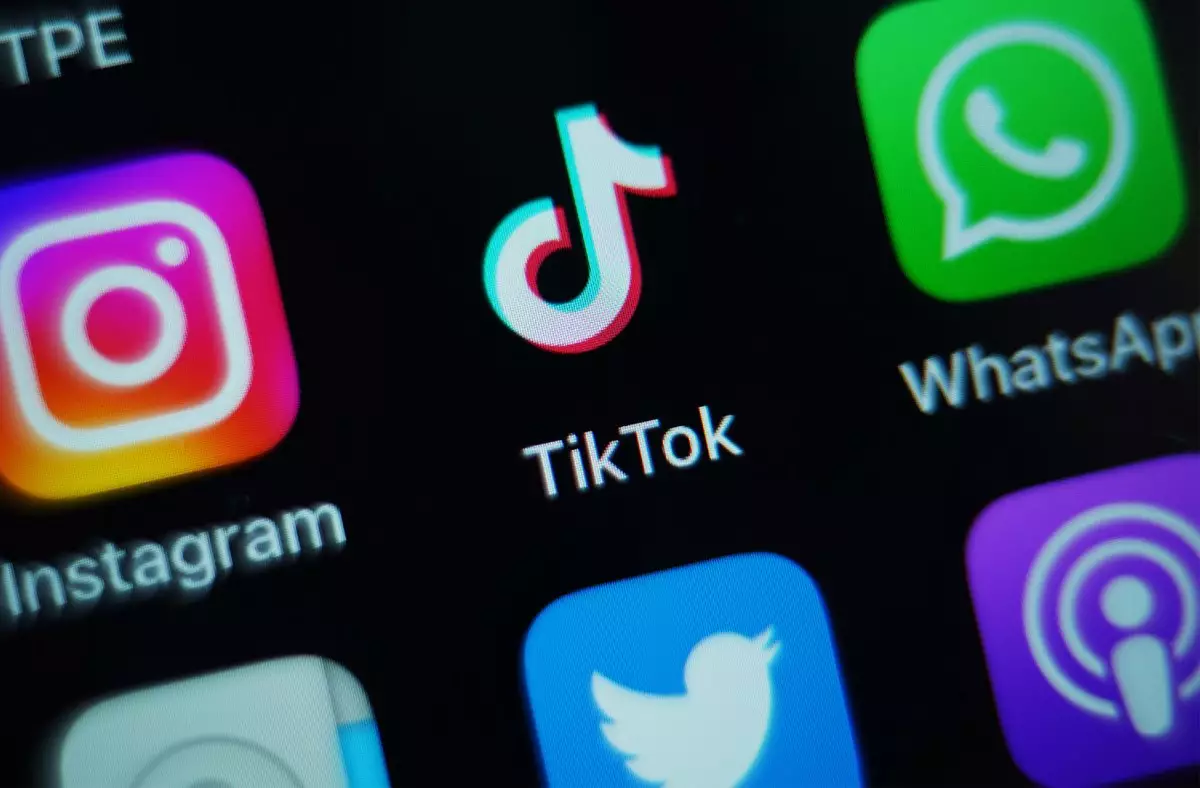In a groundbreaking move for the app economy, TikTok, alongside its Chinese counterpart Douyin, achieved a staggering $6 billion in in-app purchase (IAP) revenue in 2024. This milestone marks the first time a non-gaming app has reached such impressive figures within a single year. According to insights provided by Sensor Tower, a leading app intelligence organization, TikTok demonstrated its revenue-generating power, particularly in the fourth quarter of the year, where it amassed a remarkable $1.9 billion in IAP. Such figures not only underscore TikTok’s dominance in the market but also reflect its ability to innovate and captivate users effectively.
When juxtaposed against competitors in the app landscape, TikTok’s IAP revenue is nothing short of extraordinary. This performance eclipses that of popular platforms like YouTube and Google One, which only could surpass TikTok’s fourth-quarter revenue in the entirety of 2024. To put this in perspective, Monopoly GO, which came in second place for non-gaming apps, generated $2.6 billion. TikTok’s revenue growth from $4.4 billion in 2023 to $6 billion in 2024 reveals a robust trajectory that not only highlights the application’s appeal but also reflects the rising trend of monetization within social media platforms.
An essential aspect that complicates the comparison between TikTok’s revenue and that of its competitors is its affiliation with Douyin. While both apps share a common parent, ByteDance, their operational frameworks and target audiences differ markedly. Douyin is curated specifically for Chinese consumers, operating under a strict regulatory environment and focusing heavily on e-commerce integration. TikTok, in contrast, is tailored for a global audience, emphasizing content diversity and engagement. This divergence in user experience contributes to the distinct financial dynamics each platform experiences.
The political landscape surrounding TikTok has also played a significant role in its operations. Its temporary ban in the U.S., instigated by national security concerns during President Trump’s administration, might have prompted apprehensions among investors and users alike. However, the app’s successful re-entry into app stores and ability to continue securing user trust demonstrates its resilience. The delays in the proposed bans not only highlight the app’s critical position in the mobile ecosystem but also its importance in the broader creator economy.
TikTok’s financial success is deeply intertwined with the creator economy, a realm where users actively spend dollars to support creators through virtual gifts. This system allows creators to monetize their audience while providing TikTok with a significant revenue stream, as the platform retains a portion of these transactions. The app’s emergence as a leader in this space has set a new precedent for how social media platforms can harness user engagement to generate revenue.
TikTok’s remarkable journey toward achieving $6 billion in IAP revenue showcases not only the app’s popularity but also its transformative impact on digital content consumption and monetization strategies in the contemporary landscape. As it continues to push boundaries, it will be essential to monitor how it adapts to competitive pressures and regulatory challenges moving forward.

